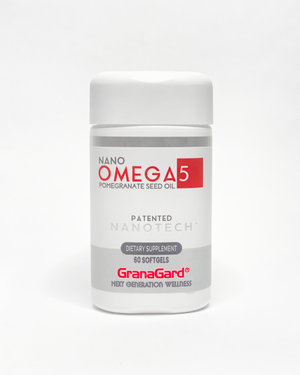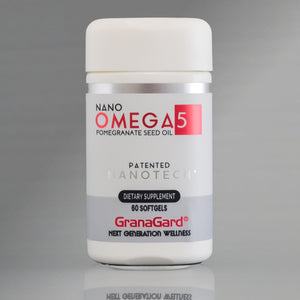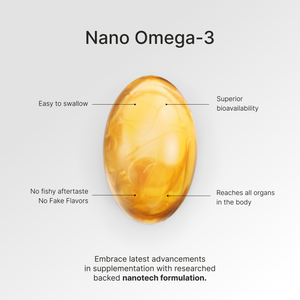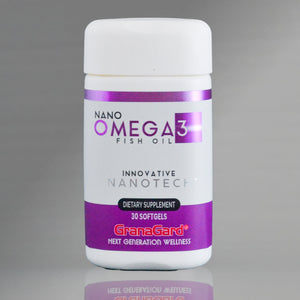Normal Processes in the Human Body
The human body has more than 30 trillion cells. The three main parts of a cell are the cell membrane, the nucleus, and the cytoplasm. Other structures within them are mainly adapted to their specialized functions: muscle cells, nerve cells, digestive tract cells, etc.

From birth, our bodies have been growing until reaching adulthood, and during that entire period, cells have had to renew, not all at the same rate, as some live for years while others only live for days. The fact is, for both processes, growth and repair, cells must divide. This division involves the generation of two identical daughter cells with similar genetic information.
Inside the nucleus of each of our cells are chromosomes, the structures that house DNA in the cell. Chromosomes are structurally very sophisticated, containing the necessary elements for cell division. Each species has a characteristic set of chromosomes; for example, humans have 23 pairs of chromosomes.
Towards the end of the last century, structures called Telomeres were described at the ends of chromosomes. They are regions made up of non-coding DNA, highly repetitive, whose main function is the structural stability of chromosomes. Telomeres are like the protective shields of the DNA in our cells, somewhat similar to the plastic tips of shoelaces. Then the enzyme Telomerase was discovered, whose function is to maintain the integrity of Telomeres.
Why We Age

As our cells divide to multiply and regenerate the tissues and organs of our body, the length of the Telomeres decreases, and thus, with time, they become shorter. When Telomeres finally become so small that they can no longer protect the DNA, cells stop reproducing: they reach a state of senescence or old age. Therefore, the length of Telomeres is considered a key "biomarker of aging" at the molecular level.
Telomerase deficiency and the presence of Telomeres shorter than normal induce the premature loss of regenerative capacity of tissues. This alteration conditions the appearance of aging pathologies. Studies conducted on leukocytes have shown that Telomere length significantly shortens from birth to old age (11kbp to 4kbp in old age). However, there are other factors such as diet and oxidative stress that induce shortening.
These discoveries and research have been so relevant in understanding the aging process that in October 2009, Elizabeth H. Blackburn, Carol W. Greider, and Jack W. Szostak were awarded the Nobel Prize in Physiology or Medicine for their discoveries on Telomeres and the Telomerase enzyme.
Omega 3 Against Aging
The results of multiple studies have demonstrated the beneficial effects of omega-3 fatty acids on Telomere length. This would occur through a dual mechanism of action: on the one hand, it is demonstrated that oxidative stress and inflammation are strongly associated with the shortening and accelerated dysfunction of Telomeres, and the effects of Omega 3 on reducing damage caused by oxidative stress and inflammation are well documented.
On the other hand, the direct action of Omega 3 on the Telomerase enzyme has also been studied, achieving a more effective action. In short, Omega 3 counteracts the action of factors that directly damage the Telomere but also favors the action of the enzyme responsible for restoring it, Telomerase.

The Good News About Omega 3
The use of omega-3 fatty acids to reduce accelerated Telomere wear and, consequently, counteract premature aging and the risk of age-related diseases, has raised great hopes.
Like all fatty acids, Omega 3 is lipophilic, meaning it dissolves very well in a fatty environment but not in water. Try diluting the contents of a soft gel capsule of any Omega 3 in water and you will see that it is impossible.
As we saw earlier, cells have different compartments and structures, some are lipid (fatty) content and others are hydrophilic (aqueous) content, therefore the proper dissolution and distribution of a substance between these compartments would be determined by its lipophilic or hydrophilic character.
The extraordinary news that will make the hope raised by Omega 3 as an agent to counteract aging possible is the transformation through nanotechnology of Omega 3 into a nanoemulsion, that is: an Omega 3 that can be dissolved in both water and oil, is hydrophilic and lipophilic, being able to reach all cellular compartments, in all organs. This nanoformulation allows it to achieve 4 times the absorption and potency of conventional Omega 3.
Now you can help your body stay young for longer. Start today with Nano Omega 3 from GranaGard®!





